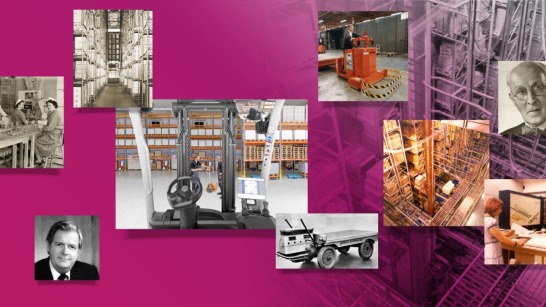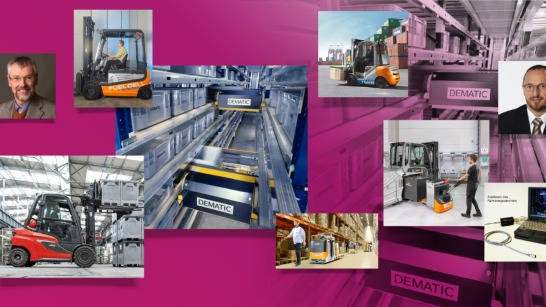
Logistics inventions that made history
Develop new methods. Launch better technologies. Find smarter and more efficient solutions for existing and new challenges. These objectives are what drive invention in the KION Group, resulting in an impressive portfolio of 2,863 protected patents to date. To mark Engineers Week, we are for once not looking forward with energy to the future, but instead joining the inventors behind the products to look back with pride on the past. This is a history of pioneering innovations, created by KION Group brand companies, that have left their mark on intralogistics.
2021-02-22



_image_546x307.jpg)


.jpg_image_546x307.jpg)





